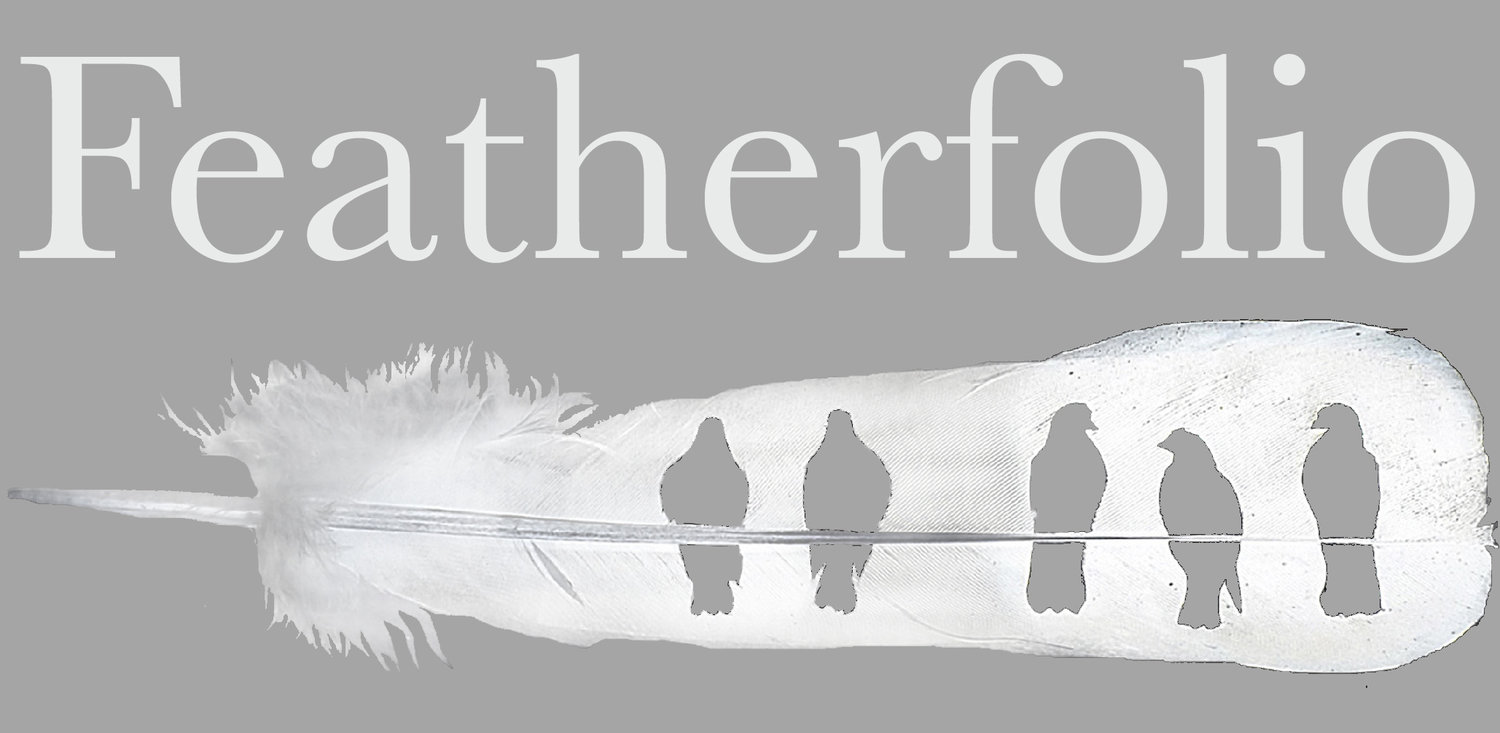
Number patterns 0-9 found on Argus Pheasant feathers
It’s not the color; it’s the patterns on the feathers that make this peacock-sized bird so awesome. How can a bird that grows only black, white and brown feathers be so attractive? It’s because the patterns vary so much. The bird sports eyes on some of its wing feathers that look exactly like the eye spots on some moths. And there’s not only one or two eyes on each feather but 10 or more! At 30 inches long, these impress me as the most wondrous feathers on earth. The female wing feathers show reticulated markings like Arabic writing. The male’s five-foot black and white spotted tail feathers, of which the bird grows only two, twist curiously into spirals at the tips. Even the feathers under the tail differ in unique patterns and sizes. The longest 13-inch top ones grow downy filaments half-way up the shaft and then turn into yellow-brown top feather with large black spots. Then under the tail and with the same markings as the tail, are feathers that look like Ping-Pong paddles cut in half but grow up to 18 inches long.
When I was in my early 20s, I worked on a family friend’s grape vineyard during Spring Breaks. They kept a few large Argus wing feathers displayed in a jar on their counter. I think I can trace an increase in my obsession with feathers back to those. Now, a good portion of my work with feathers is with the Great Argus Pheasant. I’ve made an alphabet just from the patterns in the different feathers of the Argus pheasant. Actually, there were so many patterns I discovered, that I had to decide between at least three choices of each letter for which one to include in the alphabet poster. Here is a two-minute Argus Pheasant video (on ARKive) so you can get to know the bird.
OK, I admit, peacocks are equally beautiful in a different way. But they much more common and therefore can sometimes seem a bit, well, too common for use in artwork, though I do and I love them.
